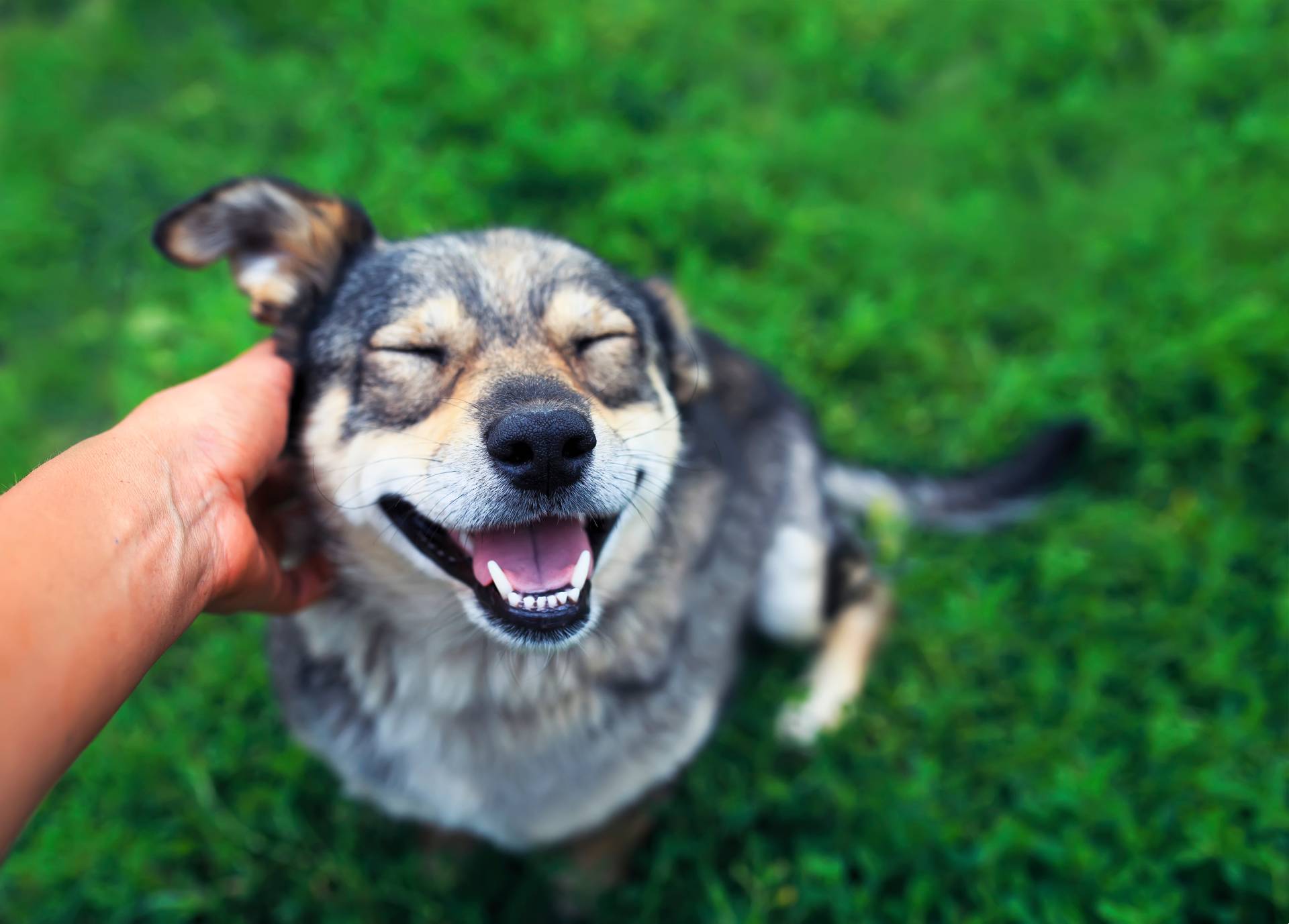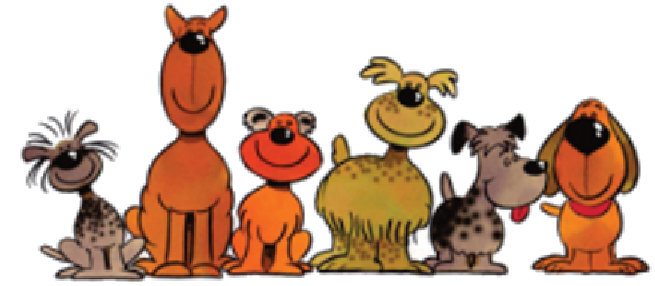Blog

If these dogs could talk: Unlocking our furry friends' body language
We’ve all found ourselves wishing our dogs could talk, even if it’s only a sentence or two. We tend to their needs with food, shelter, treats, outdoor space with an invisible fence and room to run, but we still wonder if there’s something more they’d like from us.
While every dog and dog parent have a special language they share, there are some universal ways that dogs use body language to share their emotions, their needs, and clues about their overall well-being. It’s important for us to decipher and understand these cues to strengthen our bond and ensure a long lasting, harmonious relationship. Let’s take a look at the fascinating world of dog behavior!
- We usually associate tail wagging with a happy dog, but the tail can convey a whole range of emotions. The speed, height, and direction of the wagging can offer insights into your dog's mood. A slow, low wag might indicate uncertainty or submission, while a fast and high wag usually signals excitement or happiness. Be observant of other accompanying signals to better interpret your dog's feelings.
- Your dog's ears are highly expressive and can indicate their emotional state. Forward-pointing, erect ears suggest alertness and interest, while flattened or pinned-back ears can signify fear, anxiety, or submission.
- A dog’s bark can signal various needs, from excitement and playfulness, to warning of a perceived threat, to even boredom. Understanding the pitch and intensity of their vocalizations can provide valuable insights into their intentions.
- For dogs, direct eye contact can be perceived as a challenge or a sign of dominance, while a soft gaze signifies trust and affection. (Your own dog might have learned that intense eye contact with you while you’re eating is a good way to tug at your heartstrings, however!)
- Licking is a common behavior for dogs. It can be a display of affection, grooming behavior, or a way to seek attention. Similarly, nuzzling and leaning against you are signs of trust and bonding. Embrace these gestures as your dog’s way of showing love and appreciation.
- A dog's body posture can reveal a lot about their emotional state. A relaxed and loose stance indicates comfort and confidence, while a tense or crouched position may signify fear or anxiety. Watch for subtle changes in body language to identify any stress or discomfort your pet might be experiencing.
- When a dog rolls over, it can signify two different things depending on the context. In a submissive context, it shows trust and vulnerability, indicating that they recognize you as the alpha or a non-threatening figure. In a playful context, it's an invitation for belly rubs and fun playtime.
Understanding the nuances of your dog's body language is a crucial aspect of your relationship. Take the time to familiarize yourself with your best friends’ individual cues and gestures. This understanding will not only strengthen the bond between you and your pet but also ensure their well-being and happiness as a cherished member of your family.


